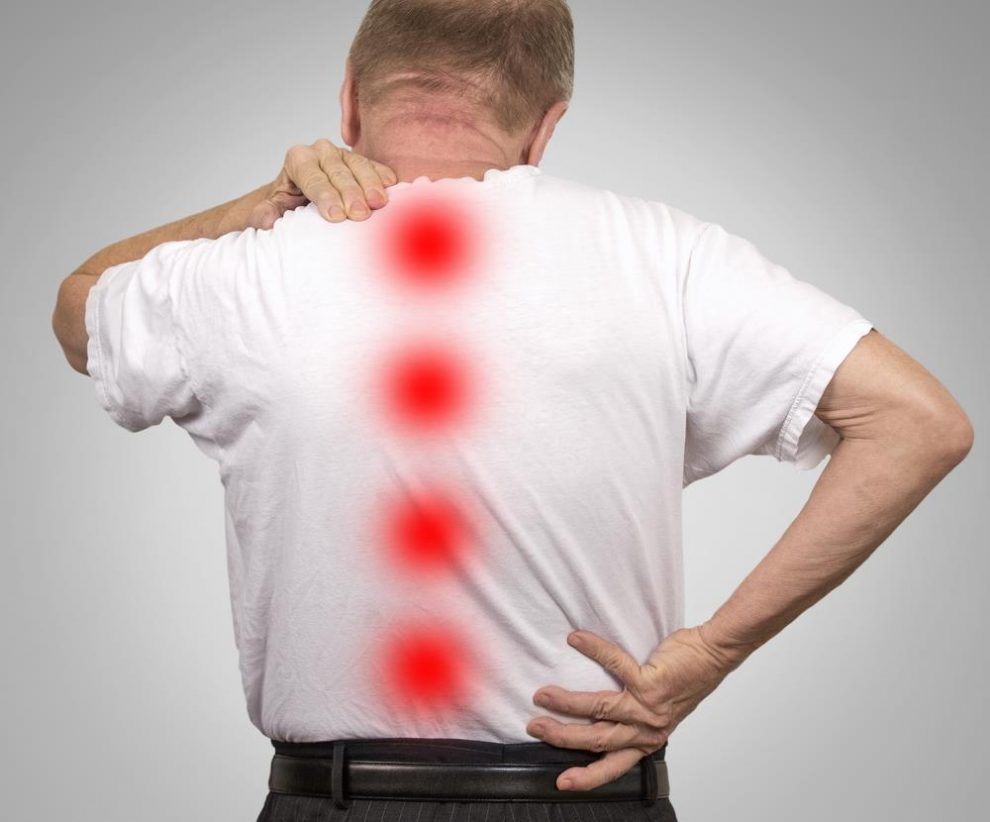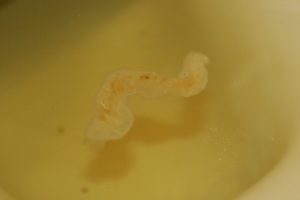The neural foraminal stenosis is the condition where the spinal nerve is compressed while leaving the spinal canal via foramen. The chances of occurrence of neural foraminal stenosis are more in the lumbar spine (lower part of the back) as well as cervical spine (the regions of neck). Neural foraminal stenosis is generally caused when herniation or collapse of the neuroforamen or neural foramen takes place or either by an osteophyte. Another similar condition is known as bilateral foraminal stenosis which is generally a compression of the root of spinal nerve at both sides as a result of constriction of the foramen. The foramen constriction is generally caused when there is a collapse of disc space, enlarged joint or herniated foraminal disc. The bilateral foraminal stenosis is not much common and is likely to occur in the neck or lower back.
Neural foraminal stenosis is not a popular term for majority of people. The condition is caused due to the narrowing or constriction of an opening along the spine. As this happens, the nerves of the spine find it hard to pass through this opening. In extreme condition the pinching of nerve takes place and a person suffers from variety of symptoms depending on the number of pinched nerves through the opening. Several treatment options are there but depend on the severity of the condition.
Contents
Causes of Neural Foraminal Stenosis:
It is a wrong perception of the people that the condition is acquired due to changes in weather; however the causes of neural foraminal stenosis are different. Some of the key factors which result in this condition are:
Congenital condition:
Some people are born with the narrow spinal canal; the symptoms are not visible till the time the passage gets too narrow to allow the passage of spinal nerves through it. In extreme cases, people have narrowing of spinal canal at both ends and they suffer from severe bilateral neural foraminal stenosis to moderate neural foraminal stenosis.
Aging and maturation:
As the person ages, the spinal cord becomes weak and in this way the passages get narrowed and people are more prone to neural foraminal stenosis. People above 40 years of age are generally more likely to get this condition. Moderate bilateral neural foraminal stenosis is caused generally in the people over 60 years of age.
Bone spurs:
Some people are born with extra bones, some conditions alter the growth of bones as well and as a result of it the spinal cord is damaged. Bone spurs can also result in acute bilateral neural foraminal stenosis or moderate bilateral neural foraminal stenosis.
Degenerative diseases:
People with bone related issues or degenerative disorder due to aging are more likely to develop neural foraminal stenosis. The degenerative disorders result in moderate bilateral neural foraminal stenosis in the people who are over 60 years of age.
Improper posture or activity:
Sometimes keeping a particular posture for too long and doing certain activity for a long time can result in this condition as well; however the chances of developing bilateral neural foraminal stenosis are rare due to this reason.
Overweight:
People with obesity are more likely to suffer from this condition as more weight puts pressure on the spinal cord. People who are more obese are more prone to suffer from moderate bilateral neural foraminal stenosis.

Symptoms of Neural Foraminal Stenosis:
When the disease starts in the body by narrowing of the spinal canal, it will take time for the symptoms to show up. Here are some of the signs of this illness.
- Numbness is caused in several body parts and it becomes hard to move that particular part and in extreme cases the body part is not felt at all. Among other cervical foraminal stenosis symptoms this is the most common.
- Tingling is caused while being in posture for long time.
- Increased muscular weakness is caused and this normally is the initial symptom of the illness.
- Inability to control bladder and bowel is caused under acute neural foraminal stenosis while for the patients with moderate bilateral neural foraminal stenosis the bladder fails to hold urine for even a short time.
- Pain is felt in different parts of the body with little or no physical activity. The pain due to unknown reasons is mainly due to this illness.
How Neural Foraminal Stenosis is Diagnosed?
- There are people who wait for sometime thinking that the condition might fade away and they feel better with the passage of time. While suffering from neural foraminal stenosis, this is not an appreciable approach as in time diagnosis and treatment ensures speedy recovery. It is always advised to seek immediate medical supervision if you ever suffer from any of the symptom of neural foraminal stenosis, bilateral neural foraminal stenosis or moderate bilateral foraminal stenosis. The conditions mentioned above are not easy to be diagnosed because of lack of consistency of the symptoms. The doctors will study the history of patient and get recent information as well along with recommending some tests which include image diagnostics for the accurate diagnosis.
Treatment of Neural Foraminal Stenosis and Bilateral Neural Foraminal Stenosis:
The methods of treatment of neural foraminal stenosis or bilateral neural foraminal stenosis are almost similar. The following therapies are generally offered for the patients suffering from this illness.
-
Physio-therapy:
The people who report numbness in certain body parts are asked to get physiotherapy to restore the strength of that part by increasing the flow of blood. The people suffering from moderate bilateral neural foraminal stenosis generally feel better after the physiotherapy.

-
Non surgical short cuts:
When the patients visit the doctor in the earlier stages of the disease, it is easy to provide non surgical treatment. Certain pain relieving medications are given and checked whether the symptoms are disappearing or not.
-
Chiropractic option:
In this method, the spinal cord is aligned to make a patient feel better. The treatment requires a chiropractor and the option benefits certain people, however some people report that the therapy has failed to provide any relief.
-
Hot and cold compresses:
This method is not to cure the disease however the pain which a patient feels can be relieved by hot or cold compress. The pain is relieved for a short time span and the patient has to repeat this procedure.
- Minimal surgical invasion is normally done for the patients of moderate bilateral neural foraminal stenosis. The smaller surgical invasions are better if the disease is diagnosed at the initial stages. Neural foraminal narrowing c5 c6 treatment generally involves this method.
- Surgical decompression is applied when no other treatment had been fruitful. Neural foraminal stenosis treatment by surgical decompression is best and is offers exclusive treatment to the patients. If you are worried about what is the treatment for severe foraminal stenosis ?, remember surgical decompression is a key to successful treatment.

The bottom line:
The neural foraminal stenosis is a condition caused due to the constriction of spinal canal which results in pinching some nerves. Several treatment options are available such as physiotherapy, chiropractor, invasive surgeries etc. It is important to keep an eye on symptoms and consult doctor in time as the condition is normally gets worse over the time.
Read this article :










